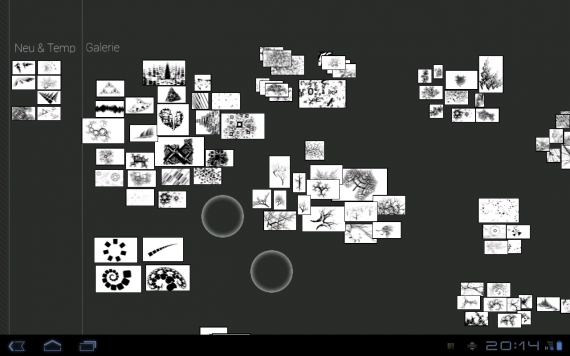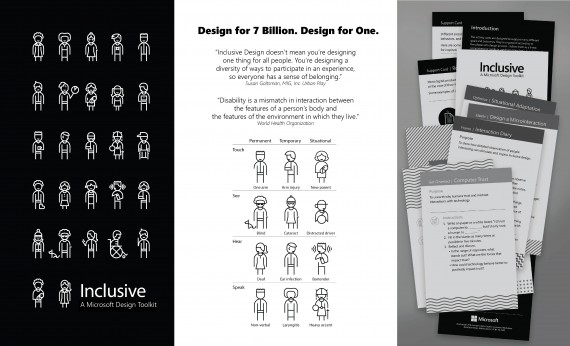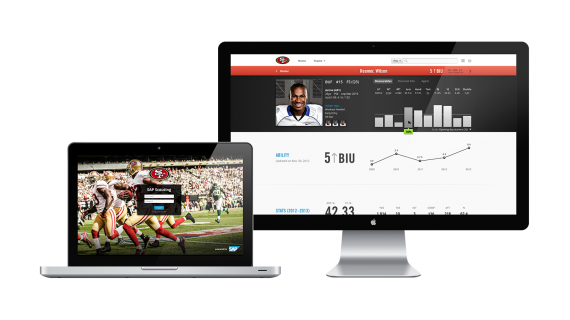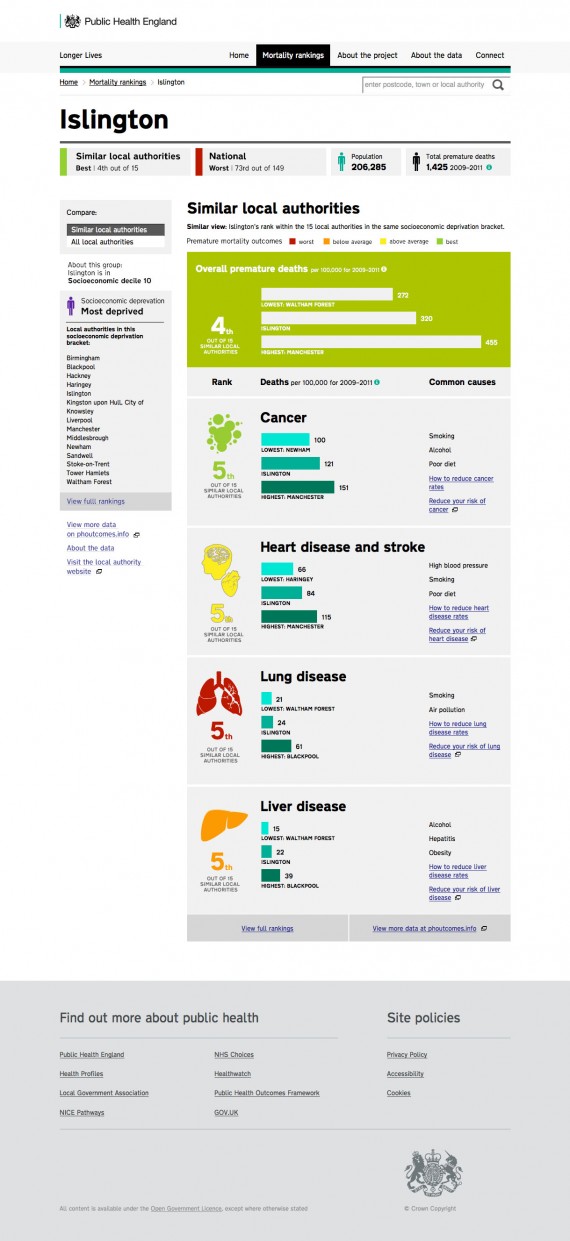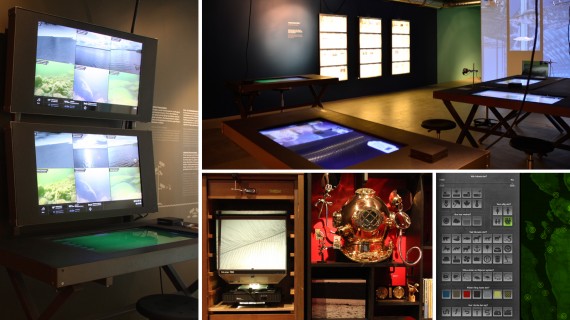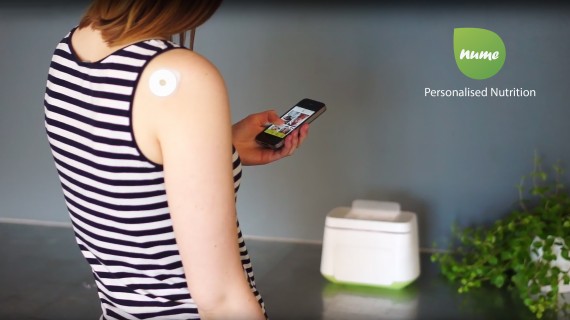Sensel Morph
Team
Company | Institution
Category
Type
Project description
For nearly 70 years, we have been interacting with computers using a keyboard, and for the past few decades with a mouse. With the rise of touchscreen technology and the Internet of Things, we’re long overdue for a more intuitive way to create and work with technology.
For nearly 70 years, we have been interacting with computers using a keyboard, and for the past few decades with a mouse. With the rise of touchscreen technology and the Internet of Things, we’re long overdue for a more intuitive way to create and work with technology.
Ilya Rosenberg and Aaron Zarraga, co-founders of Sensel, an early-stage startup and graduate of Stanford’s StartX accelerator, saw tremendous potential for a new generation of input devices that could translate users’ intentions in far more expressive and intuitive ways. After developing their proprietary multi-touch pressure-sensing technology, Sensel turned to frogVentures to both partner on the design of their first product, and to help build a community around it.
At the size of an iPad and integrating more than 20,000 sensors, the Sensel Morph translates the detail, speed, expression, and power of touch unlike any other input device available on the market. Because Sensel’s technology measures force, not capacitance, it can detect far more than just the fingers and stylus pens required with today’s capacitive screens and trackpads. Indeed, Morph can detect any object or tool, from a paintbrush to a palette knife, drumsticks, and more.
To further facilitate custom interaction, Morph can be used with interchangeable flexible overlays that transform it into virtually any instrument or tool imaginable. The product will launch with seven overlay designs to choose from, including a QWERTY keyboard, an MPC-style MIDI controller, a piano, a drum pad, and a translucent “innovator’s” overlay which allows users to print their own custom interfaces.
frog began by establishing a strategic foundation for the design and development work to follow – working with the founders to both articulate the long-term intent of the company, then focus narrowly on the near-term milestones necessary to establish its trajectory. Next, the frog team provided a range of key venture strategy and design services, from brand identity and messaging to industrial design of the launch product and next generation devices, as well as interaction design for accompanying applications. Along the way, Sensel developed and refined prototypes and software according to frog’s product and interaction designs. Within six short weeks, prototypes converged into what would become the Morph and its accompanying suite of developer tools.
Throughout the collaboration, work was guided by the Sensel promise: to capture the complete richness and nuance of human touch. Given the countless inputs the device can support, it was clear to the team that many of the most powerful uses of the technology would emerge from the early users themselves. With this in mind, the product, apps, and launch were architected to inspire a broad range of creatives, with initial emphasis on the musicians, artists, game developers, IoT innovators, and makers who are most likely to embrace and develop for the platform.
For nearly 70 years, we have been interacting with computers using a keyboard, and for the past few decades with a mouse. With the rise of touchscreen technology and the Internet of Things, we’re long overdue for a more intuitive way to create and work with technology.
Ilya Rosenberg and Aaron Zarraga, co-founders of Sensel, an early-stage startup and graduate of Stanford’s StartX accelerator, saw tremendous potential for a new generation of input devices that could translate users’ intentions in far more expressive and intuitive ways. After developing their proprietary multi-touch pressure-sensing technology, Sensel turned to frogVentures to both partner on the design of their first product, and to help build a community around it.
At the size of an iPad and integrating more than 20,000 sensors, the Sensel Morph translates the detail, speed, expression, and power of touch unlike any other input device available on the market. Because Sensel’s technology measures force, not capacitance, it can detect far more than just the fingers and stylus pens required with today’s capacitive screens and trackpads. Indeed, Morph can detect any object or tool, from a paintbrush to a palette knife, drumsticks, and more.
To further facilitate custom interaction, Morph can be used with interchangeable flexible overlays that transform it into virtually any instrument or tool imaginable. The product will launch with seven overlay designs to choose from, including a QWERTY keyboard, an MPC-style MIDI controller, a piano, a drum pad, and a translucent “innovator’s” overlay which allows users to print their own custom interfaces.
frog began by establishing a strategic foundation for the design and development work to follow – working with the founders to both articulate the long-term intent of the company, then focus narrowly on the near-term milestones necessary to establish its trajectory. Next, the frog team provided a range of key venture strategy and design services, from brand identity and messaging to industrial design of the launch product and next generation devices, as well as interaction design for accompanying applications. Along the way, Sensel developed and refined prototypes and software according to frog’s product and interaction designs. Within six short weeks, prototypes converged into what would become the Morph and its accompanying suite of developer tools.
Throughout the collaboration, work was guided by the Sensel promise: to capture the complete richness and nuance of human touch. Given the countless inputs the device can support, it was clear to the team that many of the most powerful uses of the technology would emerge from the early users themselves. With this in mind, the product, apps, and launch were architected to inspire a broad range of creatives, with initial emphasis on the musicians, artists, game developers, IoT innovators, and makers who are most likely to embrace and develop for the platform.




